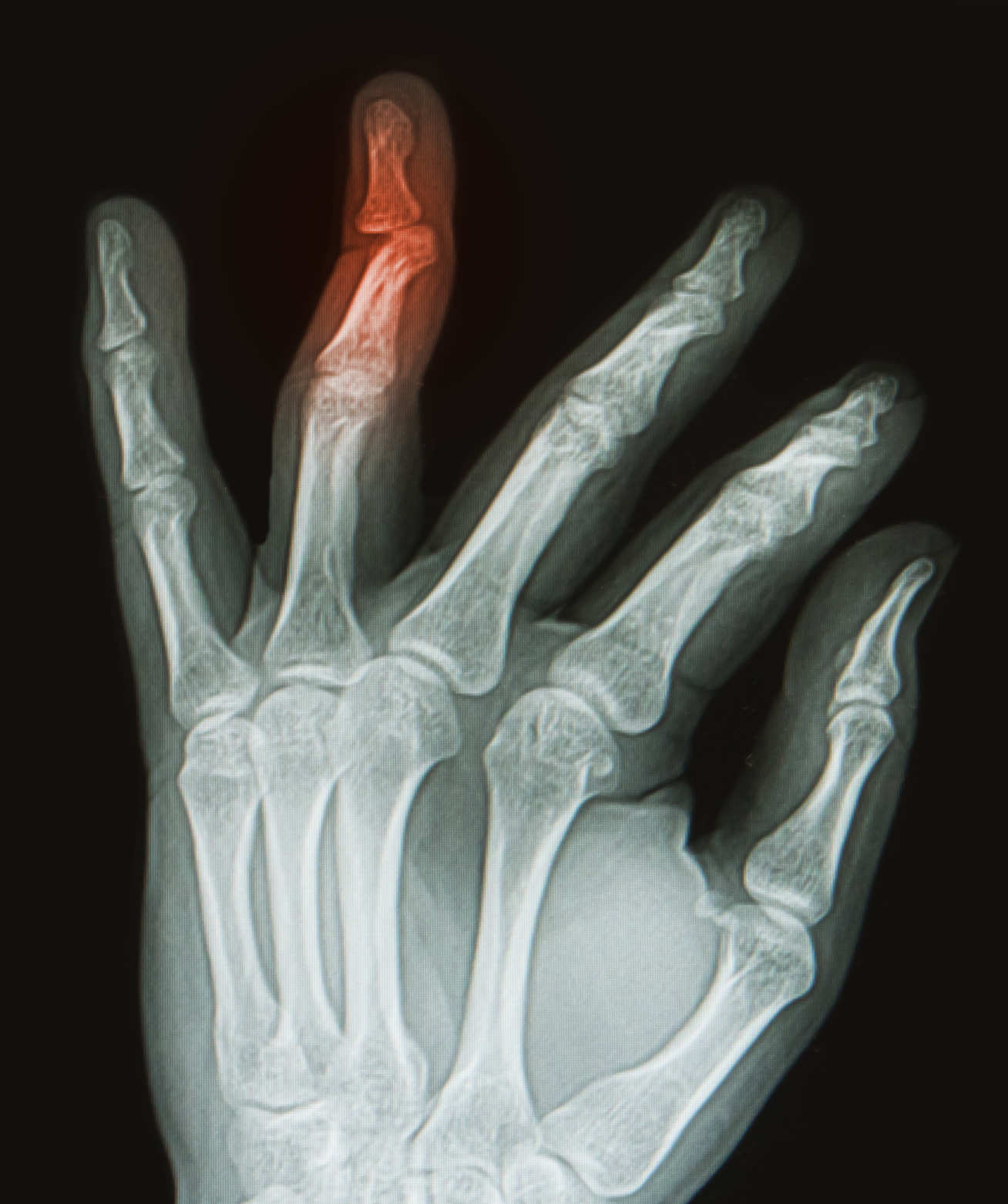Newly produced material could drive wound healing using the body’s inbuilt healing system
 TrAPs can use the body’s natural healing power to repair bone
TrAPs can use the body’s natural healing power to repair bone
Humanity is trying to prolong life by producing new technologies every day.
Recommended article: Researchers discover drug cocktail that increases lifespan
But these things are progressing meticulously. The next new material aims to heal a wound using the body’s built-in healing system.
Materials are widely used to help heal wounds: Collagen sponges help treat burns and pressure wounds, and scaffold-like implants are used to repair broken bones. However, the process of tissue repair is changing over time, so scientists are looking for biomaterials that interact with tissues as recovery takes place.
Dr. Ben Almquist and his team at Imperial College London created a new molecule that could change the way traditional materials work. The method known as traction forces (TrAPs) allows the materials to ‘speak’ with the body’s natural repair system to achieve recovery.
Dr Almquist, from Imperial’s Department of Bioengineering, said: “Our technology could help launch a new generation of materials that actively work with tissues to drive healing.”
Call for cellular action
After an injury, the cells ‘wander’ along the collagen ‘scaffolds’ in the wounds, such as the nets that cover the webs of spiders. As they move, they pull the scaffolding that activates secret healing proteins that are beginning to repair the wounded tissue.
Researchers in the research designed the TrAPs as a way to recreate this natural healing method. They folded the DNA segments into three-dimensional shapes, known as aptamers, which adhere tightly to proteins. They then put a customizable ‘handle’ at one end of the cells before connecting the other end to a scaffold like collagen.
“This clever healing is useful at every stage of the healing process, has the potential to increase the chances of recovery of the body and has extensive uses for many different wound types.” Dr. Ben Almquist Department of Bioengineering
During the laboratory testing of the technique, they found that the cells were pulling the TRAPs while they were navigating the collagen scaffolds. Traction allowed TrAPs to dissolve like shoelaces to detect and activate healing proteins. These proteins tell the healing cells to grow and multiply.
Recommended article: Unfortunately: Global water resources are shrinking due to climate change
Researchers have also found that by modifying the cellular ‘handle’ they can modify which cells can change what they are capable of holding and thus enabling them to adapt to the release of certain therapeutic proteins based on cells present at a given time. In doing so, TRAPs produce materials that can intelligently interact with the right cell type at the right time during wound repair.
This is when scientists first activate healing proteins using different cell types in man-made materials. The technique imitates the healing methods found in nature. Dr. Almquist: “Creatures from sea sponges to humans use cell movement to activate healing. Our approach mimics this by using the different cell varieties in wounds to drive healing.””
From laboratory to people
This approach can be adapted to different cell types, so broken bones can be used in a variety of injuries such as scarring and damaged nerves after a heart attack. There is a need for new techniques for patients whose wounds do not heal, despite current interventions, such as diabetic foot ulcers, the leading cause of non-traumatic lower leg amputations.
TRAPs are completely simple to create and completely man-made, meaning they are easily reconstructed in different laboratories and can be upgraded to industrial quantities. Their adaptability also means that scientists can help in the development of new methods for laboratory studies of diseases, stem cells and tissue development.
Dr Almquist said: “TrAPs provide a flexible method of actively communicating with wounds, as well as key instructions when and where they are needed. This intelligent healing is useful during every phase of the healing process, has the potential to increase the body’s chance to recover, and has far-reaching uses on many different types of wounds. This technology could serve as a conductor of wound repair, orchestrating different cells over time to work together to heal damaged tissues.”
Credit: https://onlinelibrary.wiley.com/doi/full/10.1002/adma.201806380


Comments